The Global Elimination or Eradication Acceleration Review (GEAR): Case Study on Onchocerciasis Elimination (English) (français) (português)
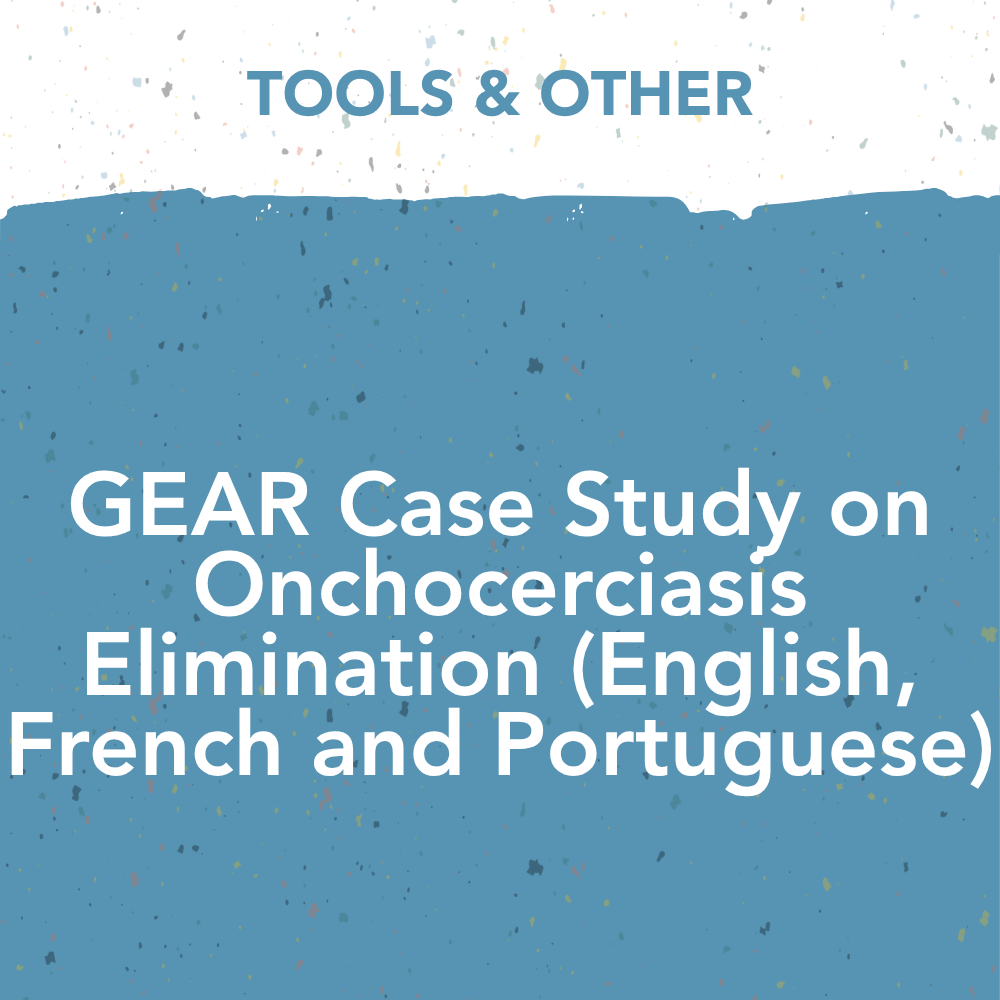
The Global Elimination or Eradication Acceleration Review (GEAR): Case Study on Onchocerciasis Elimination (English) (français) (português) Introduction to GEAR The WHO 2030 NTD Roadmap targets twelve diseases for elimination or eradication (E&E). To be successful in this next decade, the neglected tropical diseases (NTD) community will need to take a proactive and critical look at […]
The development of an artificial intelligence-based digital pathology for neglected tropical diseases: a platform specific analysis of the World Health Organisation diagnosti
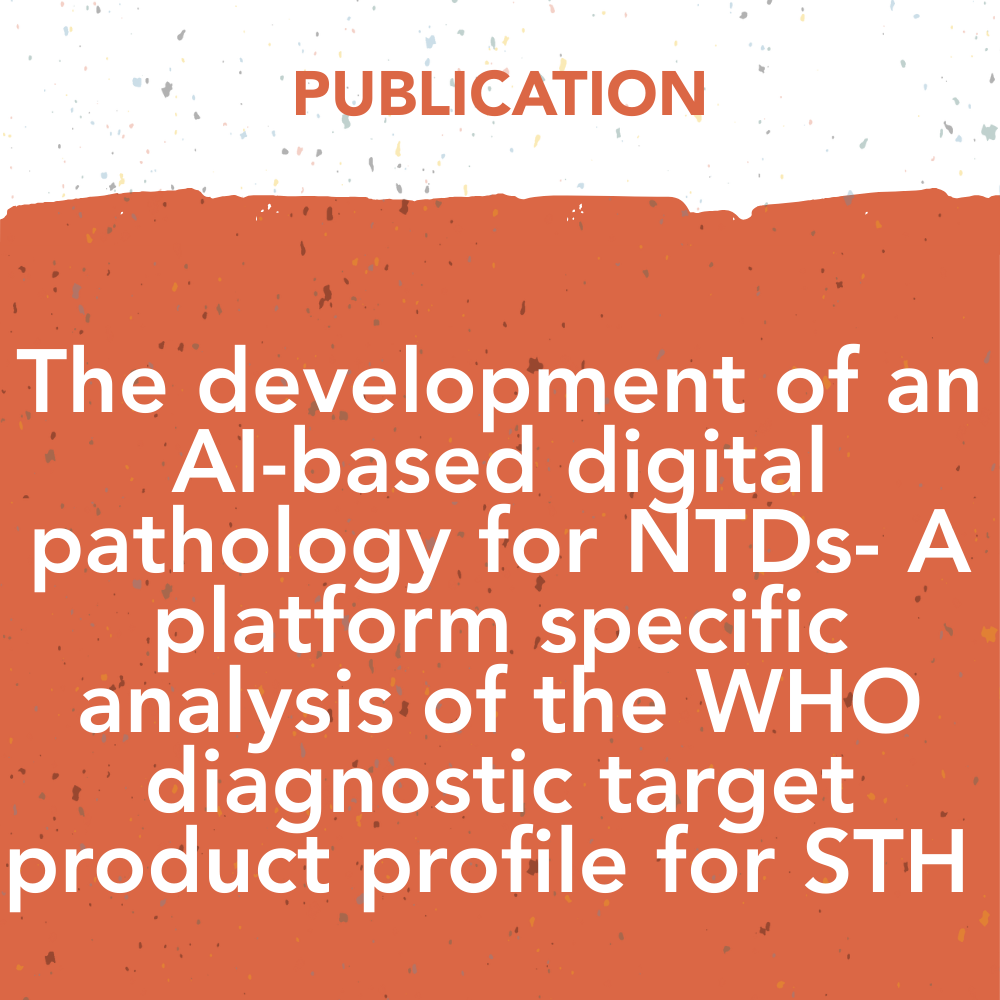
The development of an artificial intelligence-based digital pathology for neglected tropical diseases: a platform specific analysis of the World Health Organisation diagnosti Abstract The World Health Organization (WHO) recently published target product profiles (TPPs) for neglected tropical diseases (NTDs) to inform and accelerate the development of diagnostics tools necessary to achieve targets in the decade […]
Compressing the Timelines for Development and Delivery: Accelerating Access to Triple-Drug Therapy to Eliminate Lymphatic Filariasis
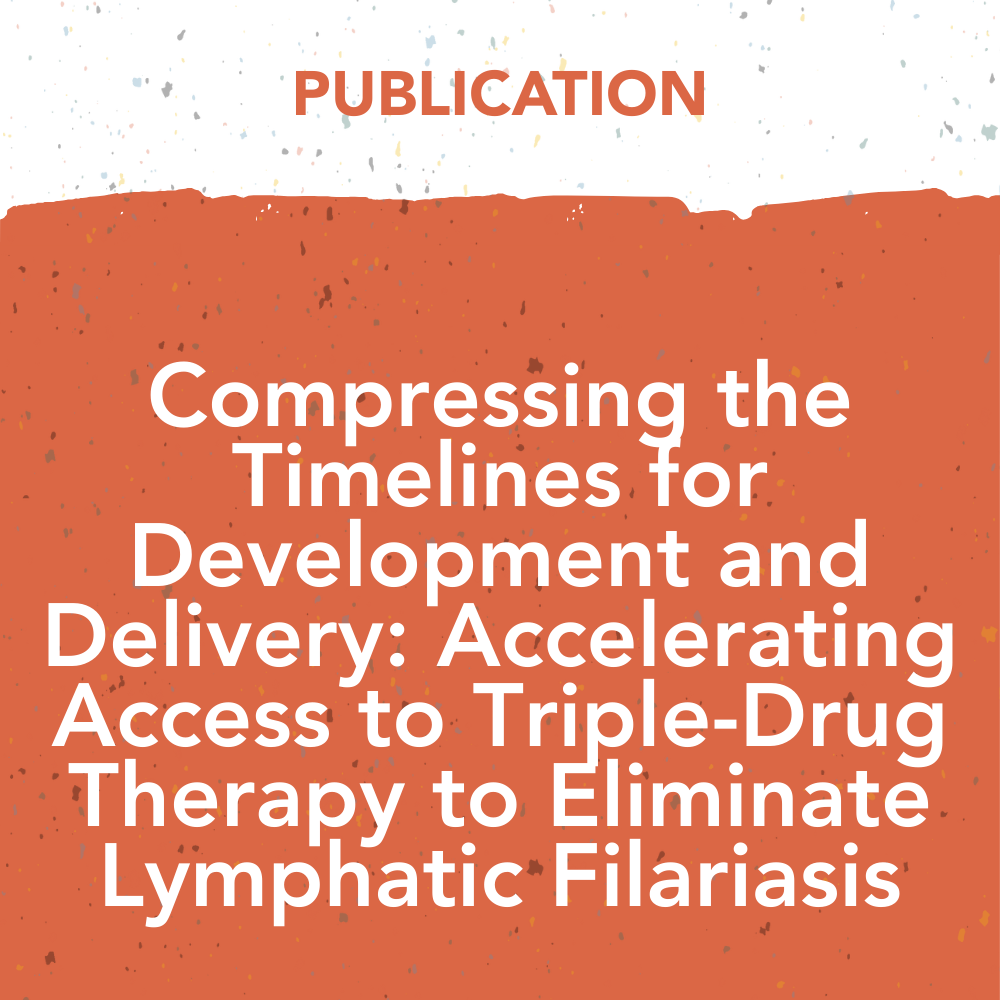
Compressing the Timelines for Development and Delivery: Accelerating Access to Triple-Drug Therapy to Eliminate Lymphatic Filariasis Abstract The traditional timeline for a new innovation in public health to move from initial proof of concept to introduction into national programs is sequential and can take decades. Here, we discuss the development of a new drug therapy […]
Development and Introduction of the Filariasis Test Strip: A New Diagnostic Test for the Global Program to Eliminate Lymphatic Filariasis
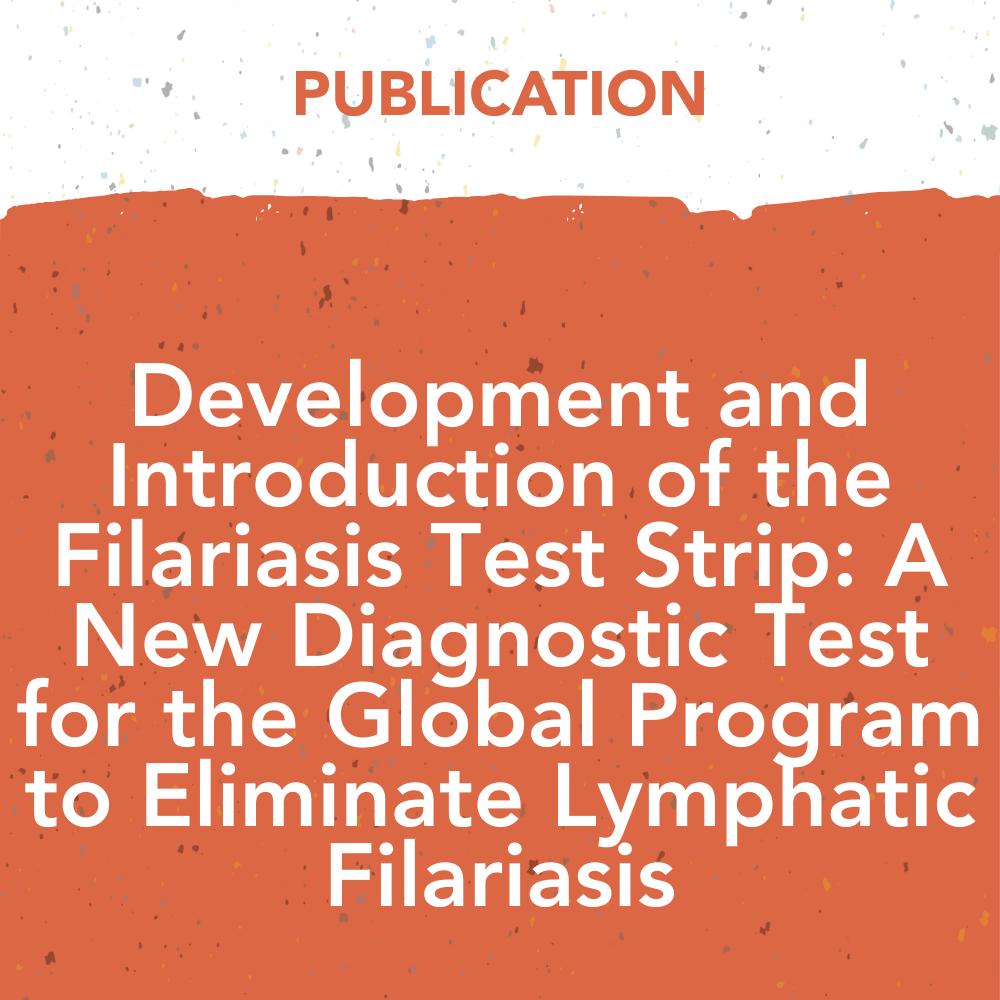
Development and Introduction of the Filariasis Test Strip: A New Diagnostic Test for the Global Program to Eliminate Lymphatic Filariasis Abstract A key component to achieving the global goal of elimination of lymphatic filariasis (LF) is the availability of appropriate tools for disease mapping, monitoring, and surveillance. However, the development of these tools for a […]
Accelerating the Uptake of WHO Recommendations for Mass Drug Administration Using Ivermectin, Diethylcarbamazine, and Albendazole
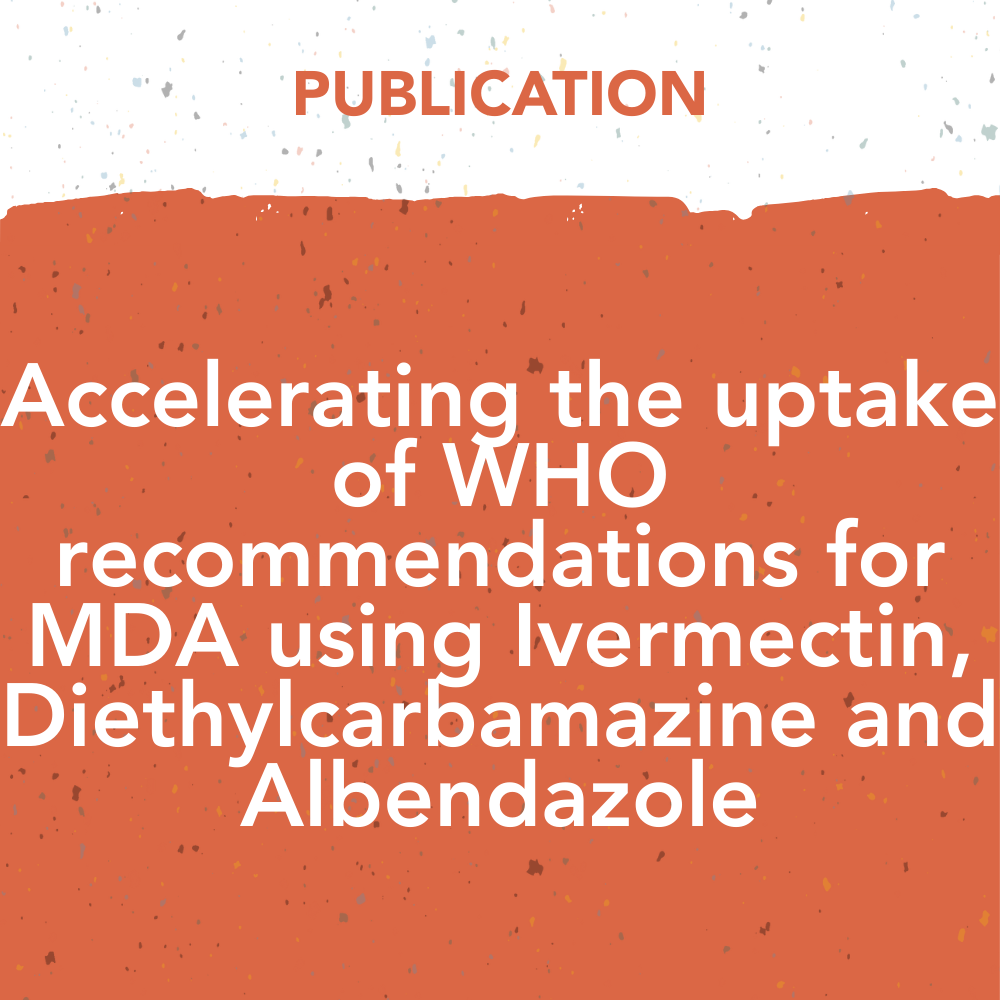
Accelerating the Uptake of WHO Recommendations for Mass Drug Administration Using Ivermectin, Diethylcarbamazine, and Albendazole Abstract Triple therapy with ivermectin, diethylcarbamazine, and albendazole (IDA) for the elimination of lymphatic filariasis (LF) represents a compelling example of accelerating the timeline from development to introduction and impact. Previous articles outlined how the clinical development process was able […]
Reflections on “Orchestrating for Impact”: Harmonizing across stakeholders to accelerate global health gains
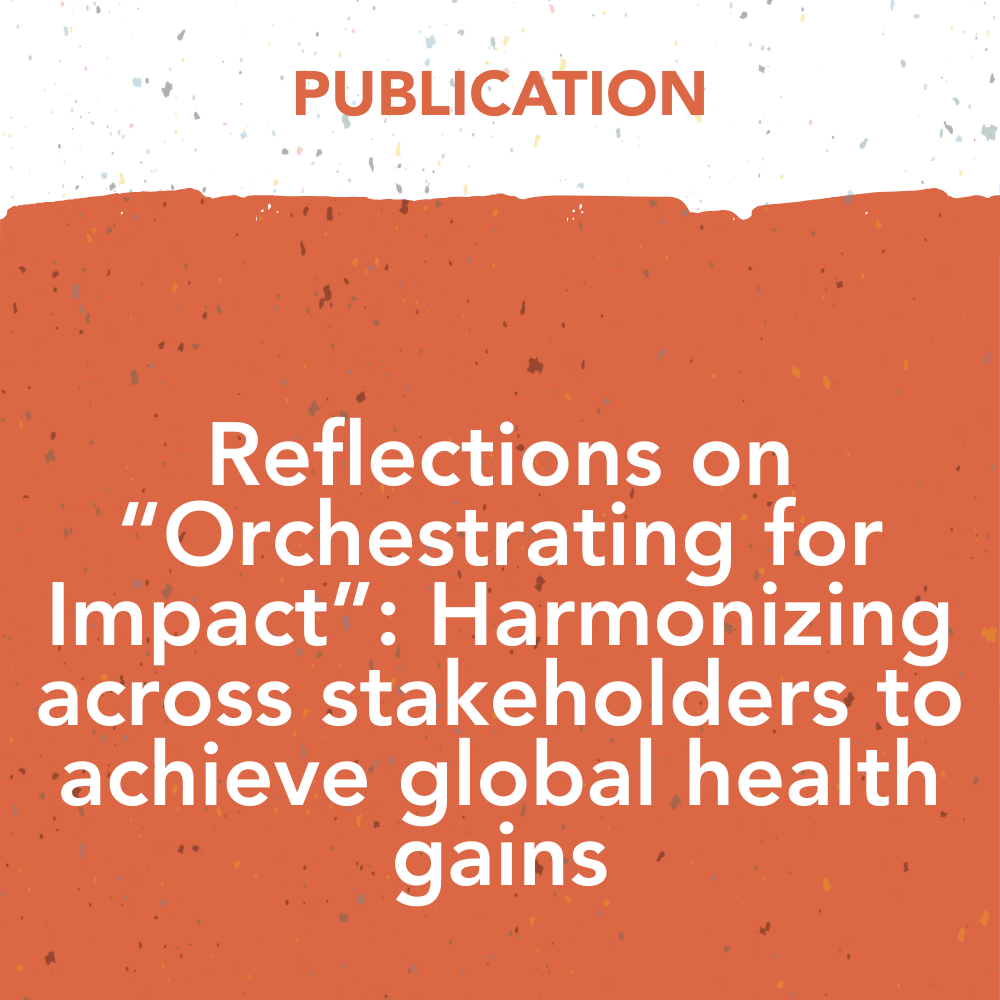
Towards a sustainable model for a digital learning network in support of the Immunization Agenda 2030 -a mixed methods study with a transdisciplinary component – Duplicate – [#1326] Abstract For developing countries and partners to accelerate the availability of new innovations to communities in need of intervention, it is necessary to find improved ways to […]
Addressing a silent and neglected scourge in sexual and reproductive health in Sub-Saharan Africa by development of training competencies to improve prevention, diagnosis, and treatment of female genital schistosomiasis (FGS) for health workers
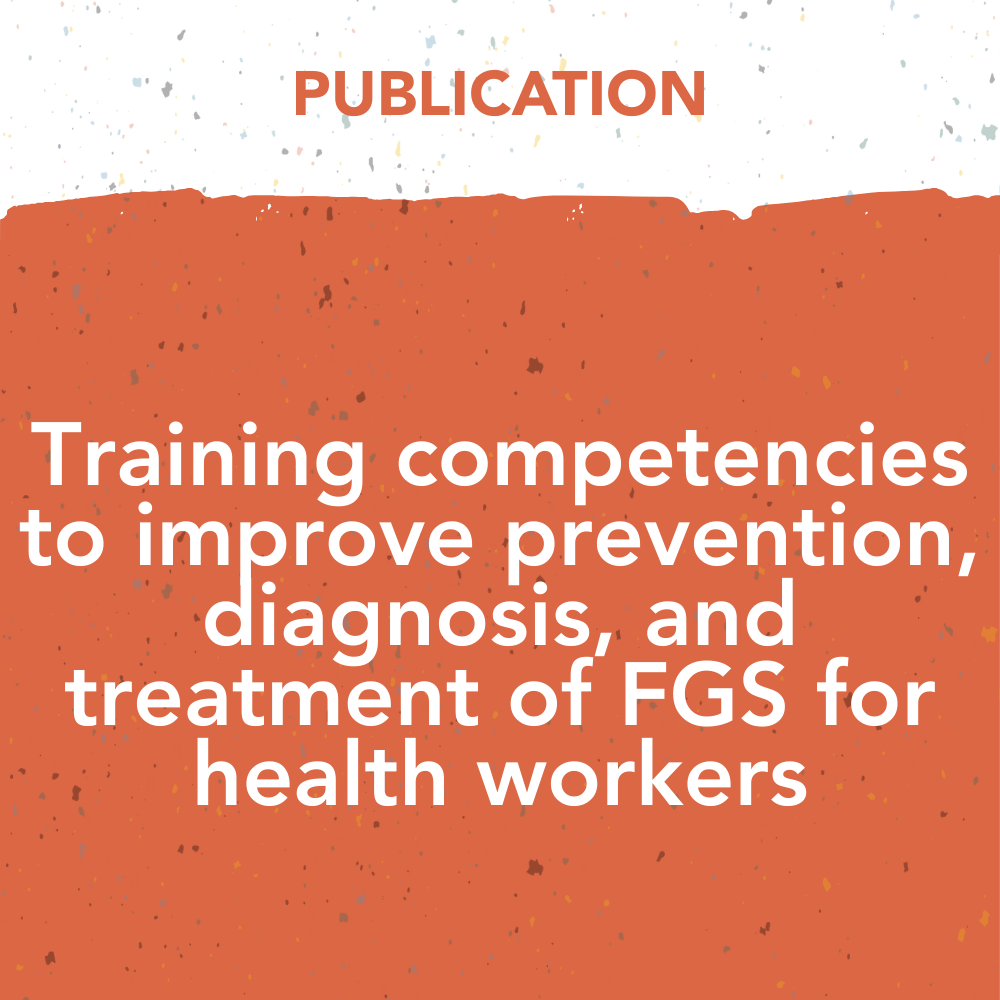
Addressing a silent and neglected scourge in sexual and reproductive health in Sub-Saharan Africa by development of training competencies to improve prevention, diagnosis, and treatment of female genital schistosomiasis (FGS) for health workers Plain language summary Schistosomiasis belongs to the group of neglected tropical diseases (NTDs) found in tropical and subtropical countries, disproportionately affecting poor […]
Case Study: Ghana Malaria and Neglected Tropical Diseases (NTDS) Program Integration Workshop
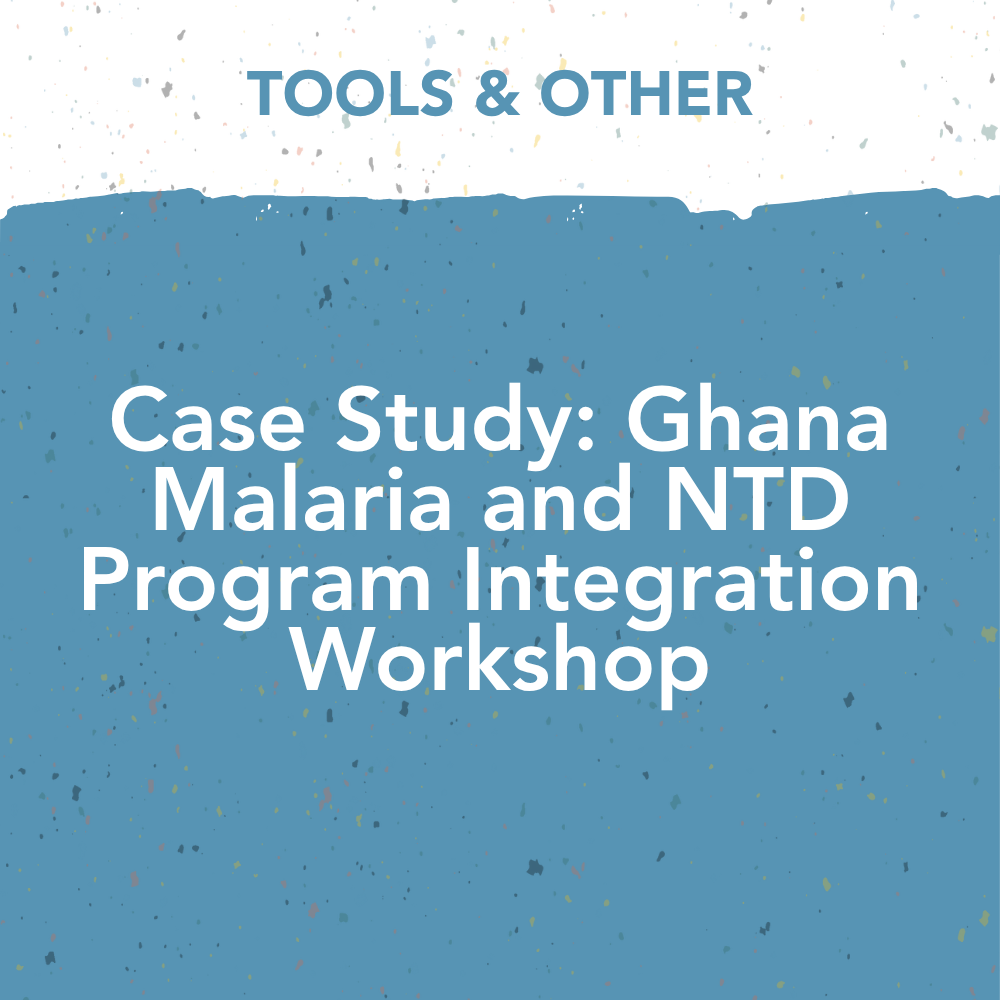
Case Study: Ghana Malaria and Neglected Tropical Diseases (NTDS) Program Integration Workshop Malaria and Neglected Tropical Diseases (NTDs) have devastating impacts on the communities they affect and are addressed by defined programmes working within ministries of health (MOHs). Integration across programs within the health sector or with other sectors has been identified as a means […]
Case Study: Zanzibar Malaria and NTD Program Integration Workshop
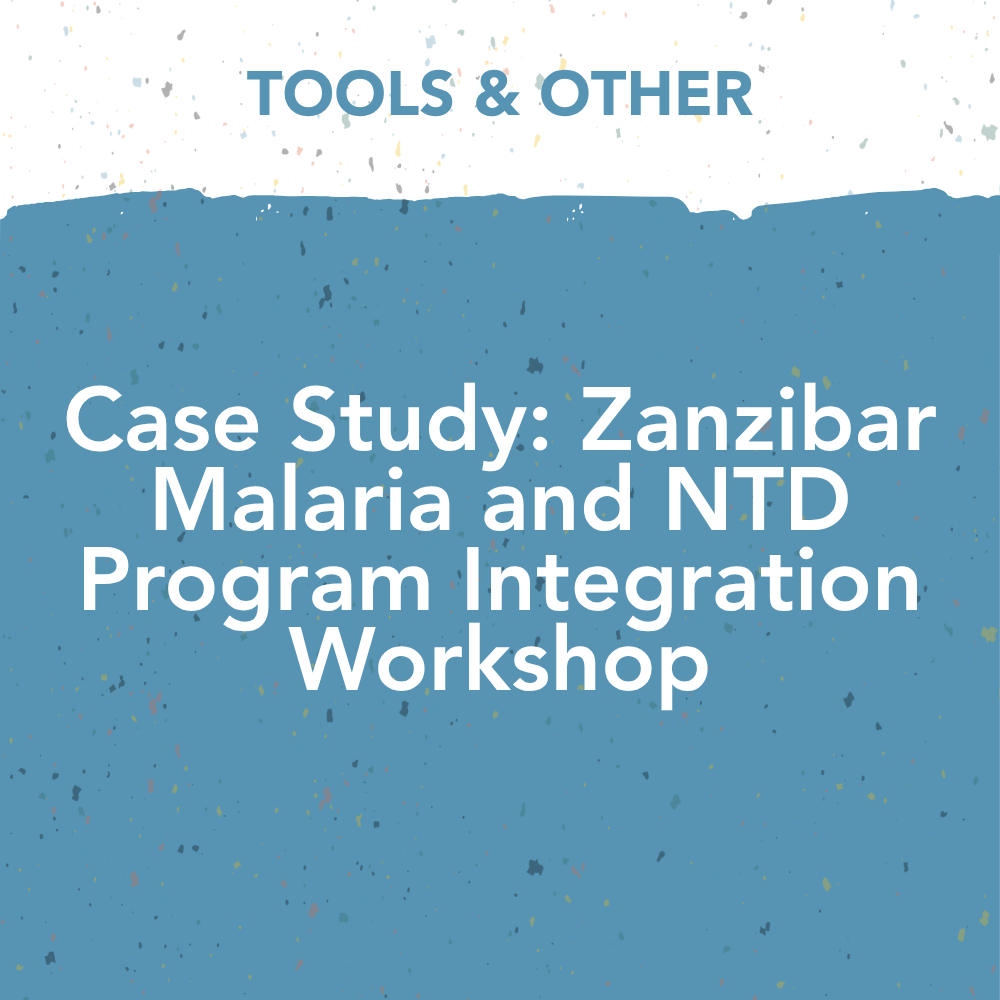
Case Study: Zanzibar Malaria and NTD Program Integration Workshop Malaria and Neglected Tropical Diseases (NTDs) have devastating impacts on the communities they affect and are adressed by defined programmes working within ministries of health (MOHs). Integration across programmes within the health sector or with other sectors has been identified as a means to increase resource […]
White Paper: Elimination and Eradication of disease: what have we learned from past successes and failures and how that can guide us in future efforts
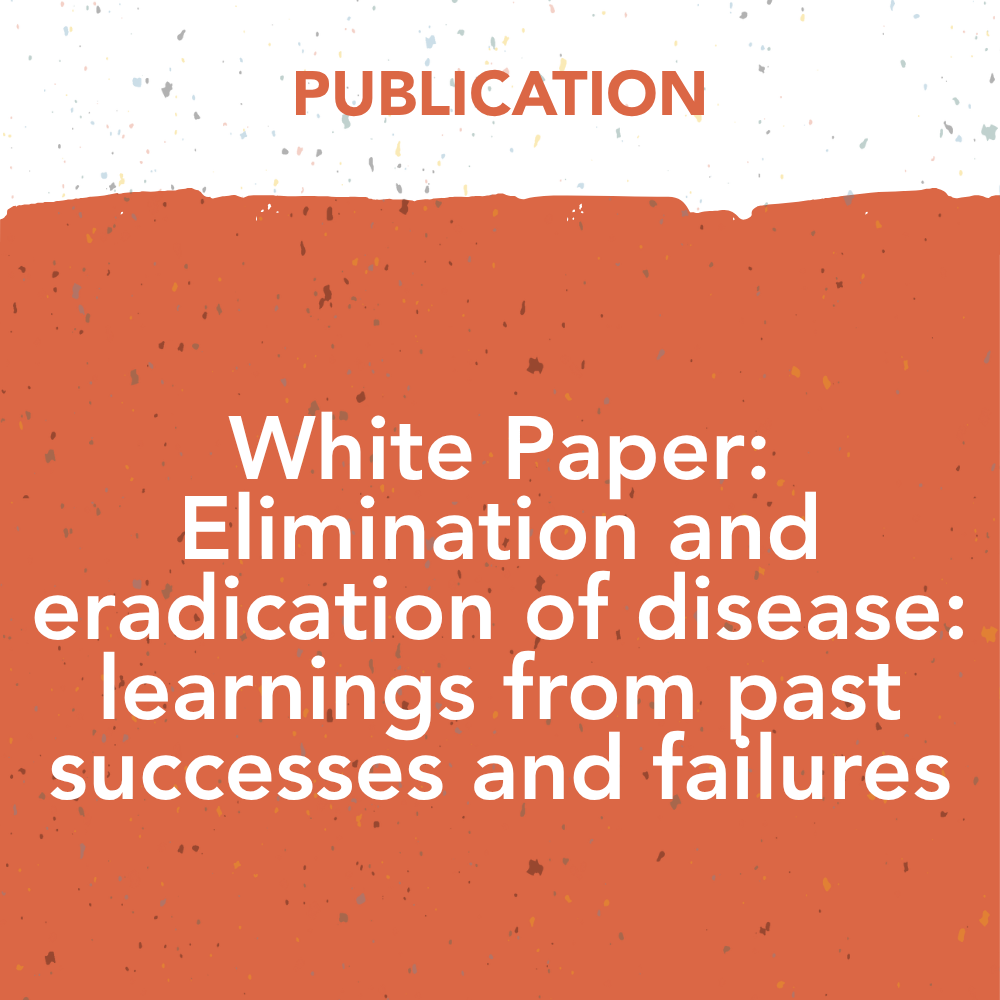
White Paper: Elimination and Eradication of disease: what have we learned from past successes and failures and how that can guide us in future efforts Abstract Elimination and eradication (E&E) are the most ambitious public health goals for a program to achieve. In fact, historically, the world has seen many failures in the attempt to […]
